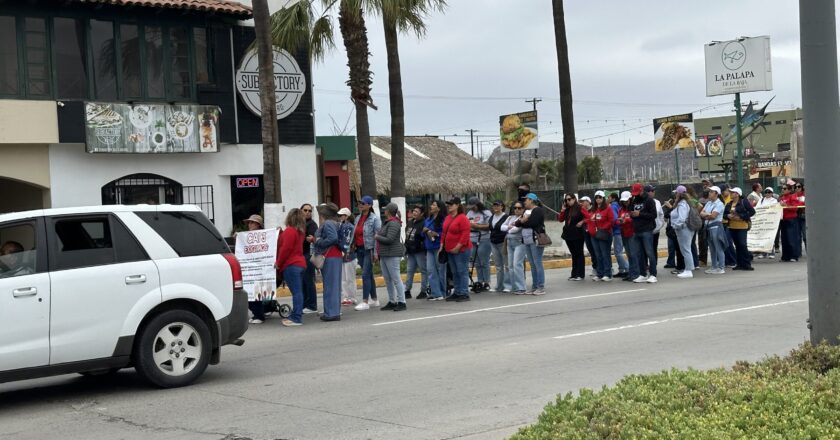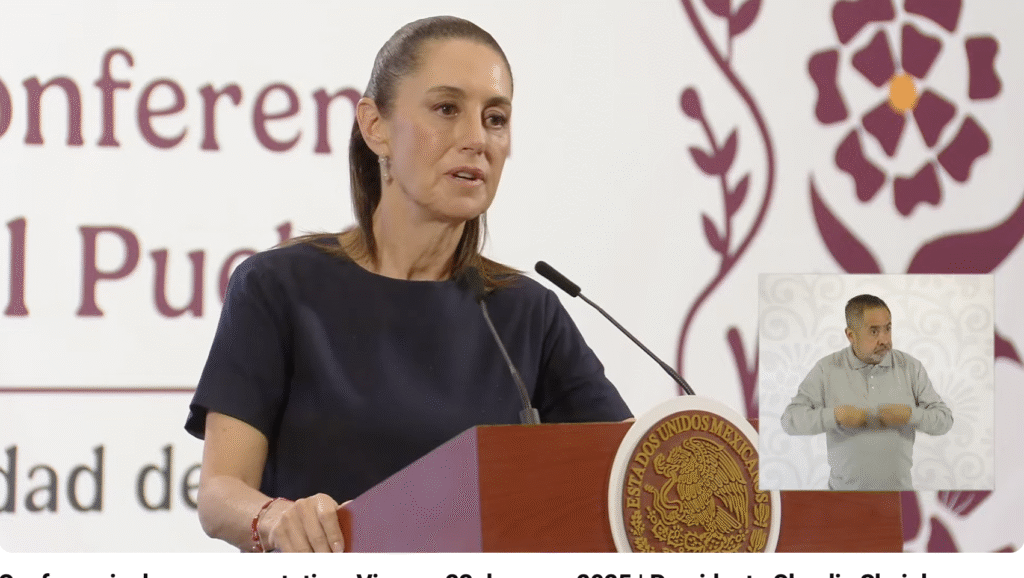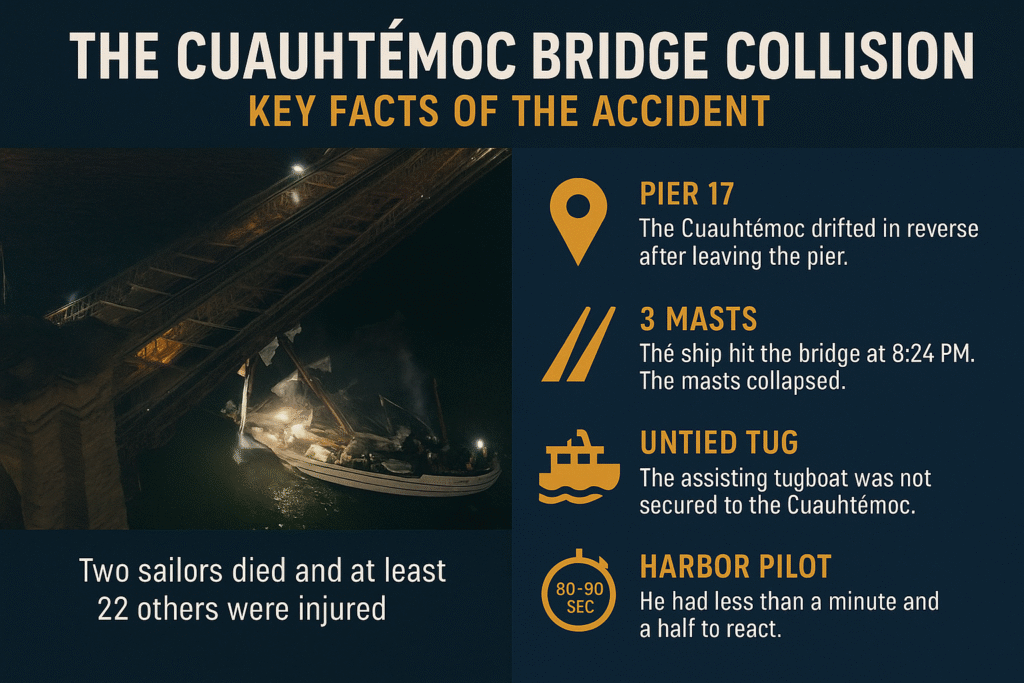This morning, if you were cruising along Ensenada’s blvd. costero and saw a long line of teachers with signs, chants, and serious determination—no, it wasn’t a school field trip gone rogue.
It was a coordinated protest involving thousands of CNTE (Coordinadora Nacional de Trabajadores de la Educación) members, all demanding something pretty basic: a paycheck that actually covers their monthly expenses.
What’s This All About?
Teachers across northern Baja California are asking for a salary adjustment. Right now, many of them earn 7,000 pesos a month—that’s around $400 USD. Their demand? 14,000 pesos per month, just to keep up with rising costs in this high-expense region.
Their argument is simple: border cities like Ensenada, Tijuana, and Mexicali are far more expensive than many other parts of Mexico. From housing to groceries to school supplies, teachers here are getting crushed by inflation, and the paycheck just doesn’t cut it.
As CNTE reps told El Imparcial, this isn’t just about salaries. It’s about ending systemic inequality between education workers in the north and those in less expensive southern states.

But Did They Block the City?
Not even close. And that’s important.
Unlike other protests that cause full shutdowns—or spark a flood of “¡Ya pónganse a trabajar!” Facebook comments—today’s protest in Ensenada was respectful and intentional.
Teachers formed a human chain along one lane only, letting traffic continue on the boulevard. No smoke bombs. Just messages, chants, and signs meant to be seen and heard without stopping the city cold.
Even at the toll booths in Rosarito and Ensenada, they made their point in true Baja fashion: they let drivers through without paying.
Yes, you read that right. Protest with a FastPass. Who knew civil disobedience could save you cash?
Why It Matters
This isn’t just a fight about teacher pay—it’s about regional fairness.
When national pay scales ignore the cost-of-living differences, the people on the frontlines of education suffer. These teachers aren’t asking for riches—they’re asking for the dignity of being able to buy groceries, pay rent, and support their families.
And they’ve made it clear: they don’t want to hurt the public. They’re targeting a system that, in their view, has left them behind.
Think of it as civil disobedience with a lesson plan.
What’s Next?
The CNTE says this protest is indefinite until the federal government responds. But so far, schools in the northern zone haven’t shut down. Most classes are running with modified schedules or online alternatives.
So if you spotted the protest this morning, maybe honk and wave next time. These teachers aren’t blocking your way. They’re clearing a path toward something better.
📍 Spotted on Blvd. Costero, Ensenada – May 28, 2025
🎥 Watch the video on our YouTube Shorts
Have a thought on this? Want to share your own teacher salary horror story?
Drop us a line—we’re listening (and grading on a curve).





















